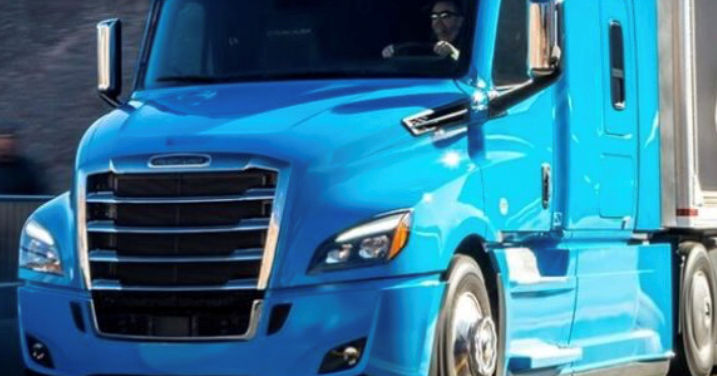DOT CDL VISION REQUIRMENTS

CDL DOT Vision requirements
Understanding the CDL DOT Physical Exam: Monovision, Monocular Vision, and the New Monocular Vision Exemption Commercial drivers play a vital role in keeping America’s economy moving, and with that responsibility comes the need to meet specific health and safety standards. One of the key requirements for obtaining or renewing a Commercial Driver’s License (CDL) is passing the Department of Transportation (DOT) physical exam. For individuals with certain vision conditions—particularly monovision and monocular vision—the DOT medical certification process can raise important questions. Fortunately, recent updates to federal regulations have made the process clearer and more inclusive.
What Is the DOT Physical Exam? The DOT physical exam, conducted by a certified medical examiner, evaluates a driver’s overall health to determine if they are physically qualified to operate a commercial motor vehicle (CMV). The exam covers a range of areas including vision, hearing, blood pressure, cardiovascular health, and more. Vision standards are among the most scrutinized elements, given the critical role eyesight plays in safe driving.
Vision Requirements for CDL Drivers To pass the DOT vision standard without exemption, a driver must meet the following criteria in both eyes (with or without corrective lenses):
Distant visual acuity of at least 20/40 in each eye
A field of vision of at least 70 degrees in the horizontal meridian in each eye
The ability to recognize traffic signal colors (red, green, amber)
Historically, if a driver did not meet these standards in both eyes, they were considered medically unqualified—unless they could obtain a Federal Vision Exemption.
Monovision and Monocular Vision: What’s the Difference? These two terms are often confused but refer to different visual conditions:
Monovision Monovision typically refers to a condition where one eye is corrected for distance vision and the other for near vision, often as a result of contact lens prescriptions or refractive surgery (like LASIK). While both eyes function, they are optimized differently.
Historically, monovision has posed challenges during the DOT exam because drivers could struggle to meet the binocular vision requirement. Drivers with monovision could be disqualified if they could not achieve 20/40 vision in both eyes for distant viewing.
Monocular Vision Monocular vision means the driver effectively uses only one eye—due to blindness or significantly reduced vision in the other. Under older DOT rules, this typically disqualified drivers unless they obtained a federal vision exemption.
The New Monocular Vision Rule (Effective March 22, 2022) In a significant shift, the Federal Motor Carrier Safety Administration (FMCSA) updated its vision standard in March 2022 to allow drivers with monocular vision to be medically certified without a federal exemption, under specific conditions. This modernized rule acknowledges that individuals with long-standing monocular vision can and do safely operate CMVs.
Key Points of the New Rule: Medical Examiner Evaluation: Drivers with monocular vision must be evaluated by a certified Medical Examiner (ME) using the updated protocol.
Ophthalmologist or Optometrist Report: An eye care professional must assess the driver’s vision and complete the “Vision Evaluation Report” (Form MCSA-5871).
Demonstration of Safe Driving History: The driver must have a history of safe driving with monocular vision or a new driver must complete a three-month period of operating a CMV safely while being monitored.
No Federal Exemption Needed: As long as the above requirements are met, the driver may be medically certified for up to 12 months.
This change was a major step toward inclusivity while maintaining public safety, aligning more closely with individualized assessments rather than blanket disqualifications.
What This Means for Drivers If you're a commercial driver or aspiring to become one and have monocular vision, you no longer need to go through the lengthy federal exemption process. Instead, you can work directly with your eye care provider and medical examiner to determine your eligibility.
If you have monovision, it’s important to work with a vision care provider to ensure you meet the vision criteria in both eyes for distance. In some cases, you may still require additional documentation or an assessment of visual function by a specialist.
Final Thoughts Vision is critical for safe driving, but it’s also important to recognize that many drivers with unique visual conditions can operate safely when properly evaluated. The FMCSA’s updated monocular vision rule is a welcome shift toward evidence-based, individualized assessments, allowing more qualified individuals to remain in the workforce without compromising safety.
If you’re unsure about your vision status or how it might impact your CDL medical certification, consult both your optometrist or ophthalmologist and a certified DOT medical examiner.
Contact Moreland Chiropractic Clinic at 573-364-8086 today to get your CDL exam and get on the road.

